Content
Very large industrial cross developed in Hungary chicken meat and egg direction was originally brought to Ukraine. There, because of the place of origin, the cross was nicknamed "Hungarian Giant". For the size, growth rate and color of feathers, the cross received the second name "Red Broiler". At the same time, its original name is "Foxy chik", which was given to the cross by breeders for a color similar in color to the fox.
A little later, the chickens of the Hungarian giant came to Russia, where they retained all Ukrainian nicknames. But chickens that really met the stated requirements grew only from enthusiasts who imported chickens or eggs directly from Hungary. Hungarian giants are very similar in appearance to other similar breeds, often differing from egg-bearing Redbro size, and from Red Orlington egg production.
In Ukraine and Russia, this is usually called Hungarian cross "Foxy Chik";. But sometimes the same name is given to another Hungarian breed "Magyar", which is easy to confuse with "foxy".
Description of the breed of the red Hungarian giant: theory and practice
The description states that the Hungarian giant is a large, heavy chicken with short legs. The weight of an adult chicken can reach 4 kg, and a rooster 6.
Although those who raised chicken imported from Hungary, the roosters gained 5 kg per year. Chickens grow quickly, gaining almost 2 kg by two months. The lethal output of half-year-old Hungarians was in the range of 2-2.5 kg. Roosters can grow into real giants with a lethal yield of almost 4 kg in 7 months.
Egg characteristics are very high for the breed of meat and egg direction: 300 pcs. in year. The eggs are large, weighing 65-70g.
The color of the Hungarian red. Maybe interspersed with feathers of a different color.
It was theory. The practice of growing real foxy chick crosses almost coincides with theory, but there are some nuances.
What is in practice
In practice, the giants exported from Hungary by hatching eggs generally showed characteristics that were almost the same as those stated. The cross has some features:
- Hungarian giants have uneven development. The body of chickens is formed earlier than that of roosters. While the hen already looks like a full-fledged thoroughbred giant, the rooster is more like some kind of ankle-necked fighting breed teenager.
- layers of a giant often lay eggs with a double yolk and have a tendency to "pour eggs";
- in the cross, there are several lines that differ in their characteristics.
In the photo above is an adult sexually mature cock of the Hungarian giant. The bottom photo shows a young cockerel of the same cross.
"Double" eggs are popular with housewives who use them in cooking, but are not suitable for an incubator. Accordingly, if you want to breed this cross yourself, the percentage of eggs that can be laid for incubation decreases. Given the number of unfertilized eggs, the number of chickens that can be obtained from the hen of the Hungarian giant is very small.
The tendency to "lay eggs", as practice has shown in these chickens, is genetic. Standard measures to eliminate this problem did not bring results, and the “guilty” chickens were killed.
The color of the plumage varies greatly among the representatives of the cross.There are birds with white or black tails. "White-tailed" chickens and roosters are more massive than counterparts with black tails.
Breed "Magyar", the second variant of the Hungarian giant
The breed was bred by crossing local Hungarian chickens with Orlington. If the foxy chik is a rather rare cross, then the Magyars are almost unknown outside Hungary. These chickens come in a variety of colors, including variegated varieties. But the main color of the Magyar is red-brown, similar to the dark version of the foxy color.
Description Magyarov
Chickens have dense, dense plumage, which allows them to easily endure the weather. Sexual dimorphism is present. Chickens appear larger than roosters due to their wider body. However, the weight of chickens is less than that of roosters.
The head is small, with a red crest, earrings and lobes. The ridge is leaf-shaped. The beak is short, yellow. The neck is of medium length. The back and belly are wide. The chest is well muscled. The tail is bushy, but short. The rooster has short, rounded braids. Metatarsus yellow, unfeathered.
The meat characteristics are good. But in comparison with Foxy Magyars - a medium-sized breed. The weight of cocks is not more than 3 kg, chickens - 2.5. Chickens grow quickly.
Egg characteristics are also lower than those of the Red Hungarian Giant. Magyar carries no more than 180 eggs a year weighing 55 g. The shell is brown.
Advantages and disadvantages of both breeds
These two Hungarian giants have different productive characteristics, but otherwise they are very similar:
- both breeds are gaining weight quickly;
- do not suffer from a tendency to obesity;
- sufficiently resistant to climatic disturbances.
The disadvantages of these chickens directly indicate their industrial purpose:
- exactingness to feed. With the diet of ordinary village chickens, the development of young animals stops;
- high consumption of compound feed.
Pitfalls when buying a breed
In Russian conditions, we are talking about a red giant (foxy chik). Magyarov brought themselves a few chickens. Those who took care of the independent delivery of a productive herd of foxy chicks from Hungary, or used the services of trusted and reliable intermediaries, were satisfied with the bird.
But now many ads offer chickens of this breed for sale.
With self-breeding, the offspring undergoes arbitrary splitting according to parental characteristics and a bird is obtained that has not retained either the properties of the Hungarian giant itself, or the properties of the parental breeds of this cross.
Problems faced by buyers of giants from the hands of the ad:
- a large number of chickens with underdeveloped genitals. There are especially many chickens;
- strong underweight. Chickens are half the size expected;
- cessation of development after the transition from a starting industrial compound feed for chickens to the diet of ordinary village chickens.
The Red Giant is marketed as a breed well suited for private maintenance in the village. Since in this case the chickens were sold under the brand name of the Hungarian Giant, but what was actually sold is not known, it is impossible to say whose fault in this case. Perhaps the violation of the development of the reproductive organs is a genetic problem of the Hungarians, or it may be the consequences of splitting by genotype.
The stoppage of development when switching to another feed may be due to the need for industrial cross in industrial compound feed. But it could also be due to the same splitting.
The chicken may grow poorly due to some diseases, or maybe due to the fact that this is an unsuccessful hybrid of the second generation.
Positive feedback about the Hungarian giant in the video:
Reviews of poultry farmers who tried to start a Hungarian giant cross
Conclusion
The Hungarian giant chicken breed is a very good breed for private farmsteads, but only on condition that this is the first generation of cross and it was bought from a bona fide manufacturer or it is the Magyar breed. In fact, the real Hungarian giant must be transported from the country of origin - Hungary. For this reason, the breed is unlikely to gain significant distribution in other countries. Especially considering the confusion in the names and appearance of birds. It is easier to buy already proven breeds.
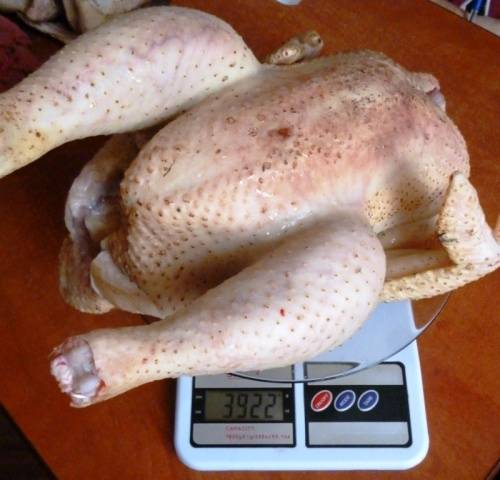

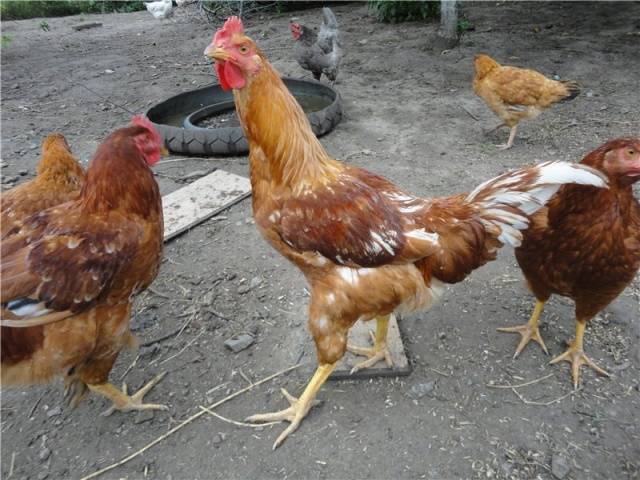
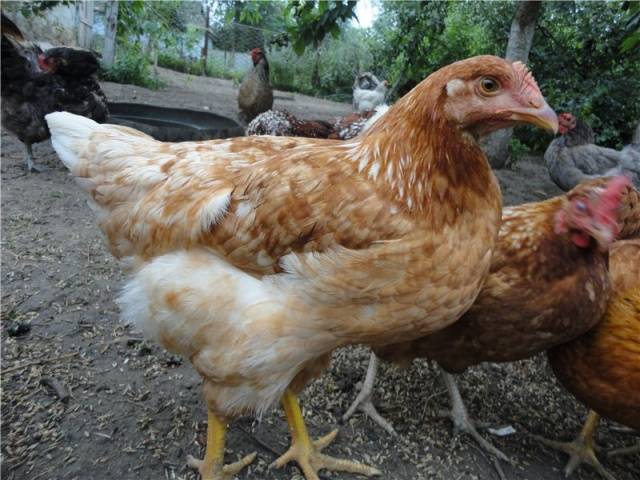
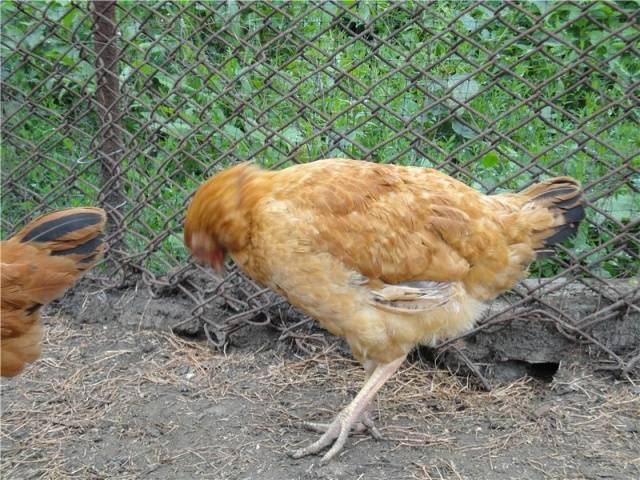
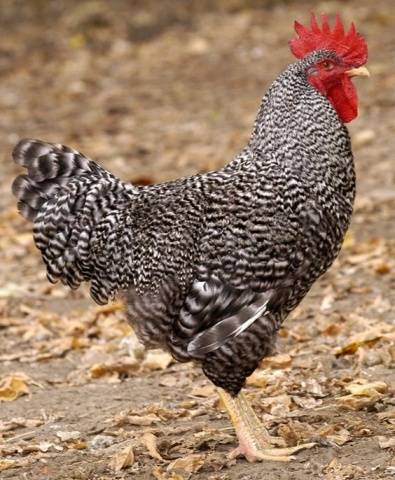
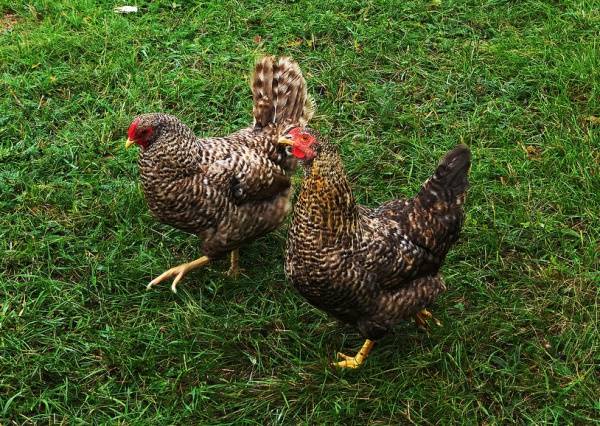
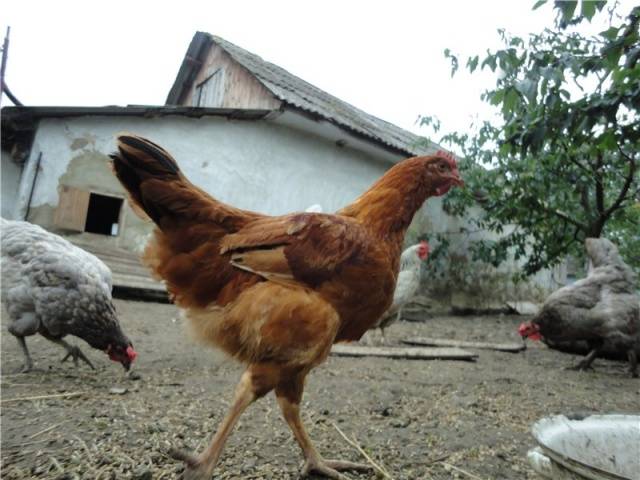
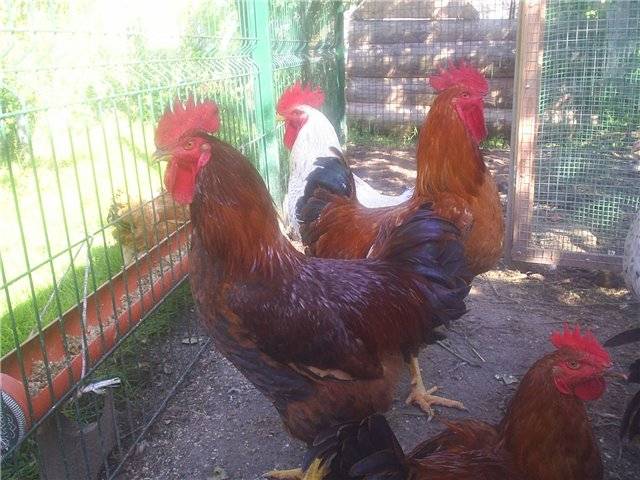









So all the same, it is possible to get chickens from these chickens in a home incubator and I have not found an answer anywhere. Some say that others can categorically not, so is it yes or no?
Hello. Depends on what you mean by "get chickens from these chickens." If you just need to get chickens, no matter with what qualities, then you can. True, there are a couple of "but":
• the egg must be with one yolk;
• the egg must be fertilized.
Hungarian giants often lay eggs with two yolks, which means minus such eggs from the total. The total number of eggs from the Hungarian giant is large, but, in addition to those with a double yolk, you will have to minus those with a weak shell or generally only one film.
Large birds often have problems with fertilization due to the size of the male. It does not hold onto the female. From the remaining eggs, after a week of incubation, we remove the unfertilized ones.
Developmental problems in surviving chicks mean that a significant number of embryos also die. Less dead embryos.
The hatched chickens will be anything but Hungarian giants, since the laws of genetics come into play here. The very two Mendel's laws that are studied in school. But at school, Mendel's second law is studied on Drosophila flies, which have only 4 pairs of chromosomes. It is easy to calculate there which signs can be mixed with each other.
A chicken has 39 pairs of chromosomes. One and a half times more than a human. The number of gene combinations is becoming overwhelming. It is impossible to calculate which of the chickens will inherit which traits. And they will definitely not be thoroughbred.
Therefore, if you just want to remove at least some chickens from the eggs laid by the Hungarian giant, this is possible. You just need to pick up a full-fledged rooster and full-fledged chickens. Or take a rooster of a different breed.
If you need just homegrown Hungarian giants, the same as from the manufacturer, then "categorically not." Hungarian Giant Chicks cannot be obtained from the F1 Hungarian Giant Rooster and Hen.